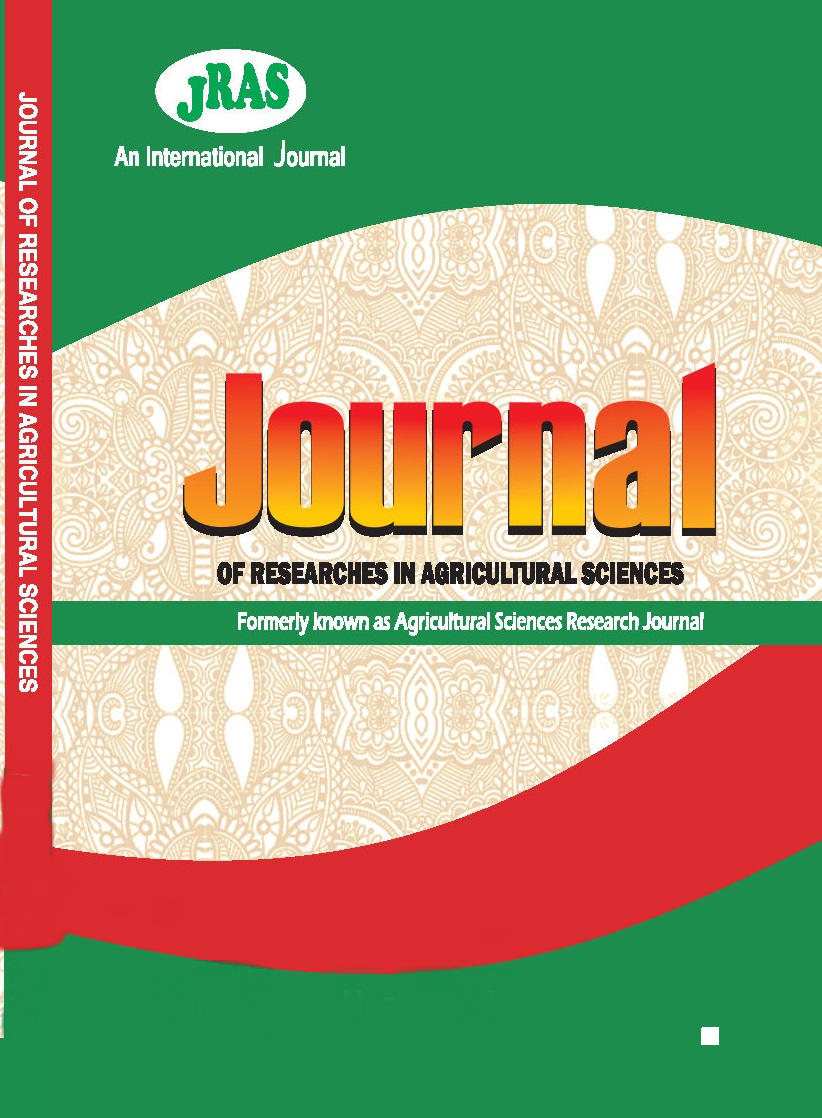Histological Changes in Gonads of Oreochromis niloticus (L) Fed Bitter Melon (Momordica charantia ) Leaf Diets.
Palabras clave:
Histology, Oreochromis niloticus, Mormordica charatia, gonadal development.Resumen
The histology of gonads in Oreochromis niloticus fed bitter melon (Momordica charantia) leaf meal (MCLM)
diets for 80 days was studied. Shade-dried bitter melon leaves were milled into fine particle sizes and used to
prepare five is nitrogenous rations of 0, 30, 60, 90 and 120 g MCLM / kg diets to provide 35% crude
protein using menhaden fish meal (65% crude protein), yellow maize, vegetable oil, vitamin-mineral premix,
cod-liver oil and soybean. The paste formed after adding 10 ml hot water at 90 – 100 ºC at intervals to
gelatinize the starch content was pelletized and air-dried at ambient temperature (28ºC) for 72 hours to
constant moisture content. Juvenile of Oreochromis niloticus (male and female) of 30.36±0.13 g were
stocked in plastic tanks (1 x1 x 1 m) containing 400 litres clean borehole water. The experiment was
replicated thrice and the fish were fed twice at 4% body weight/day. Proximate analysis, histological analysis,
fish milt and fecundity count were done using standard methods. Analysis of Variance (ANOVA) was used to
test for significant differences in means and Turkey test (P>0.05) for post-hoc test. The hhistological section
of O. niloticus ovary fed 30, 60, 90 and 120 g MCLM/kg diet showed increase in interstitial cells, few
oocytes in the ovary, abnormal gonadal development and necrosis while male testes showed increase in
interstitial cells, disintegration in connective tissues and seminiferous lobules. As the concentration of MCLM
increases, the fecundity and milt count also decreased. These results showed that Momordica charantia can
be used to control the fertility of tilapia.

